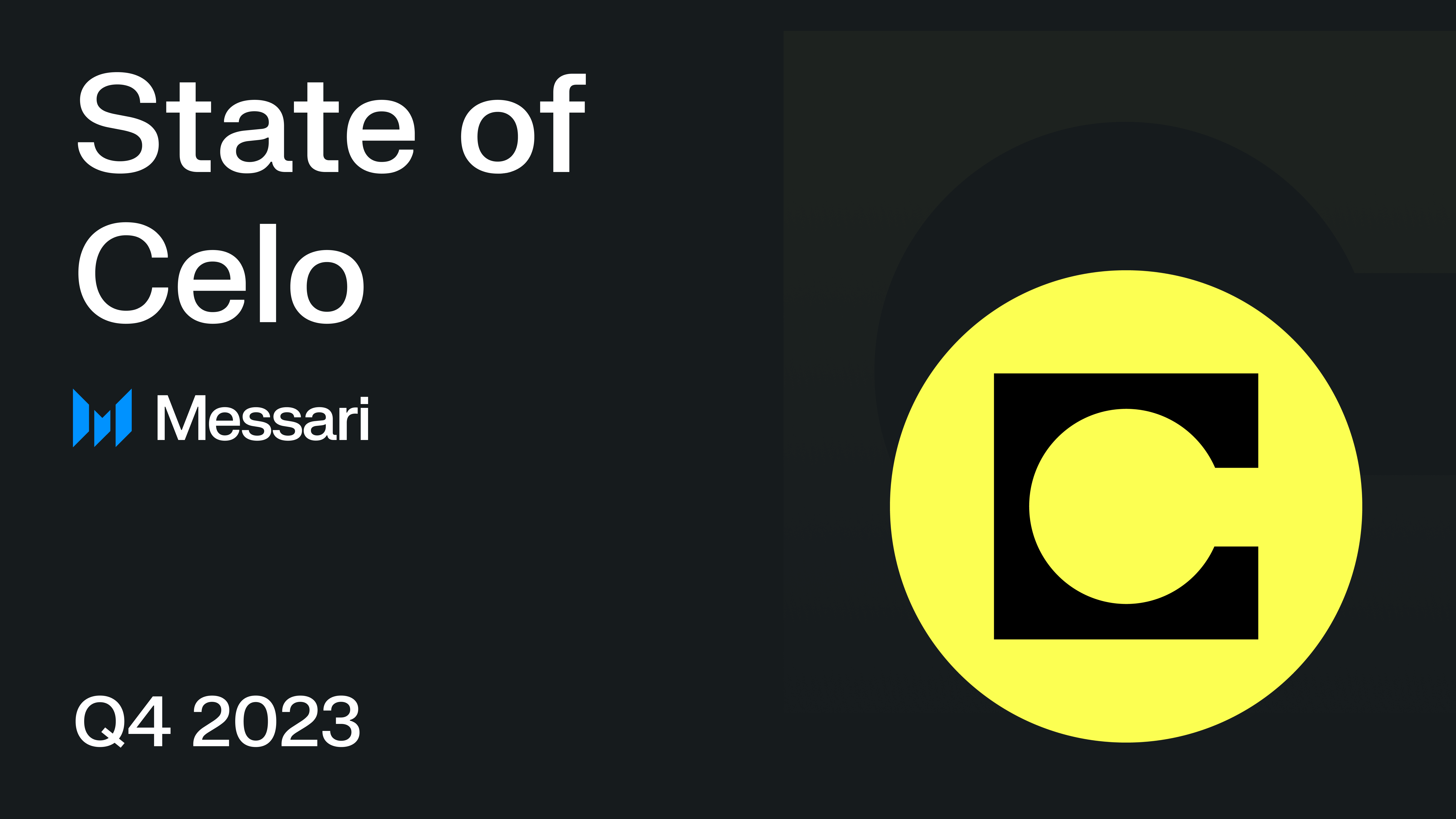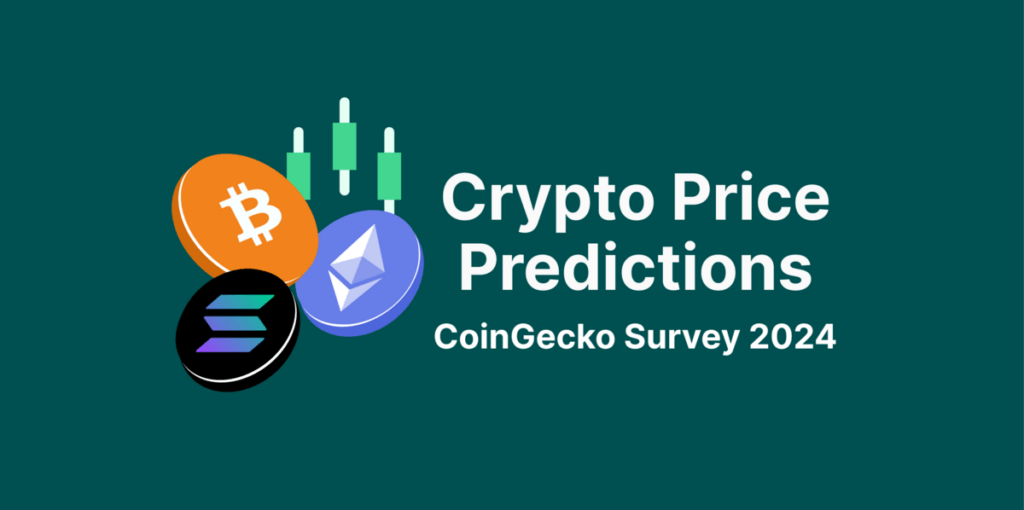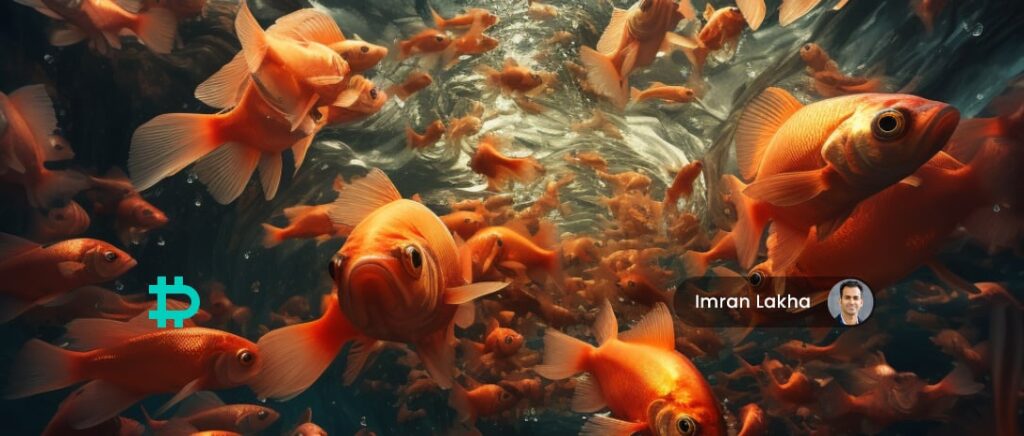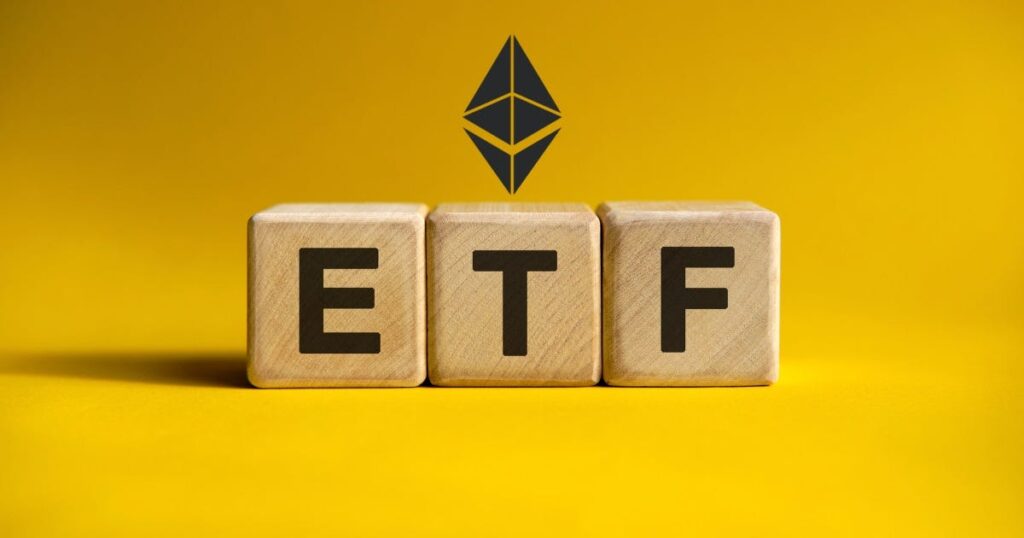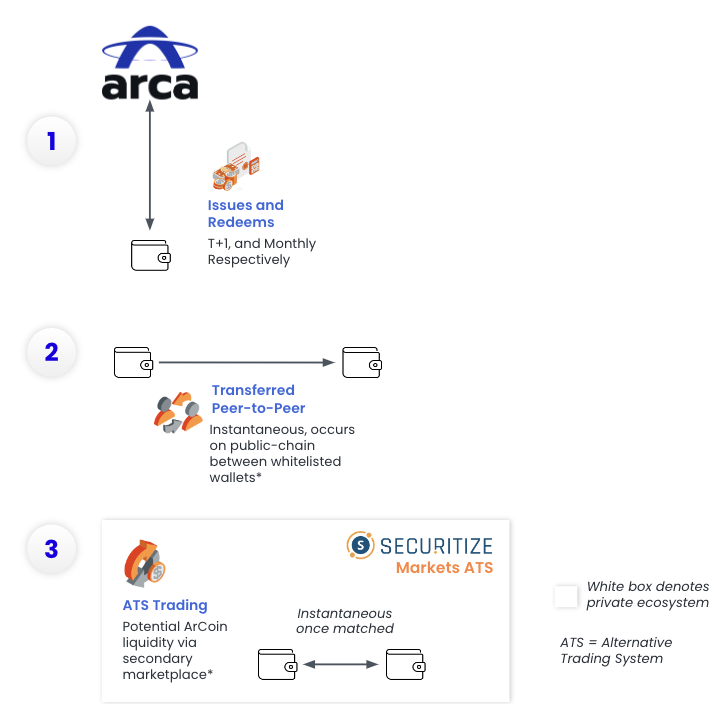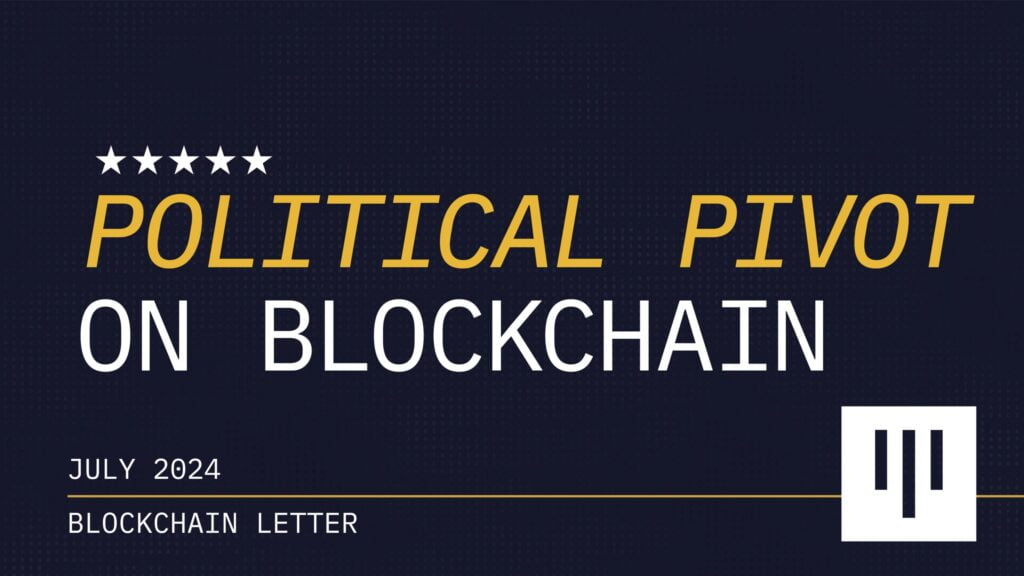Research Summary
The report provides a comprehensive analysis of Celo’s performance in Q4 2023, highlighting its transition to an Ethereum Layer-2 (CEL2), the growth of its ecosystem, and its focus on real-world asset utilization and regenerative finance. It also discusses the significant increase in Celo’s daily active addresses, driven by the P2E game BLCR and the GoodDollar universal basic income protocol.
Key Takeaways
Celo’s Transition to Ethereum Layer-2
- CEL2 Migration: Celo is transitioning from a Layer-1 network to an Ethereum Layer-2 (CEL2), with an estimated launch in 2024. This move aims to enhance network capabilities while maintaining properties like decentralized sequencing, 1-block finality, and low transaction fees.
- L2 Stack Selection: Celo is considering various L2 stacks for its migration, including OP Stack, Polygon CDK, zkSync’s ZK Stack, and Arbitrum Orbit. A decision-making framework has been proposed to assist the community in selecting the most suitable L2 stack.
Growth of Celo’s Ecosystem
- Active Addresses Surge: Celo’s average daily active addresses saw a significant increase, growing by 104% quarter-over-quarter (QoQ) and an impressive 3,062% year-over-year (YoY) to reach 143,000. This growth was primarily fueled by the play-to-earn (P2E) game BLCR and the GoodDollar universal basic income (UBI) protocol.
- MiniPay Wallet Activation: Opera Mini’s MiniPay wallet activation surged, with over 928,000 users by the end of 2024, highlighting the wallet’s growing popularity in African markets like Nigeria, Kenya, and Ghana.
Focus on Real-World Asset Utilization and Regenerative Finance
- Real-World Asset Utilization: The Celo RWA ecosystem saw expansion with key launches and integrations such as Untangled Finance, Huma Finance, Credit Collective, Centrifuge, and GENZERO in partnership with TIME, indicating a focus on real-world asset utilization.
- Regenerative Finance: Celo’s focus on Regenerative Finance (ReFi) aligns with its mission to address environmental and social challenges through blockchain. The launch of several ReFi and Real-World Asset (RWA) projects on Celo, such as Untangled, GENZERO, Huma Finance, Arkreen Network, and Jia, highlights the ecosystem’s innovation in integrating finance with sustainable development.
Security Challenges and Mitigation
- GoodDollar Exploit: The GoodDollar protocol experienced an exploit on December 17, leading to the withdrawal of over 627,000 cDAI from its reserve and the minting of 14 billion G$ tokens. Following the exploit, GoodDollar’s governance took swift action by pausing core protocol contracts and temporarily disabling the GoodWallet and GoodDapp.
- Security Measures: The Celo team is working on mitigating the impact of Ethereum reorgs on Celo, with slashing mechanisms to prevent sequencer-caused block reorgs.
Actionable Insights
- Monitor Celo’s Transition to Ethereum Layer-2: Stakeholders should closely watch Celo’s transition to Ethereum Layer-2 (CEL2) as it could significantly enhance the network’s capabilities and impact its performance.
- Assess the Growth of Celo’s Ecosystem: The significant increase in Celo’s daily active addresses and the surge in MiniPay wallet activation indicate a growing ecosystem. Stakeholders should assess these developments for potential opportunities.
- Explore Celo’s Focus on Real-World Asset Utilization and Regenerative Finance: Celo’s focus on real-world asset utilization and regenerative finance presents unique opportunities. Stakeholders should explore these areas for potential collaborations and partnerships.
- Consider Security Challenges and Mitigation: The exploit experienced by the GoodDollar protocol underscores the importance of robust security measures. Stakeholders should consider these challenges and the mitigation measures taken by Celo when evaluating the network.

